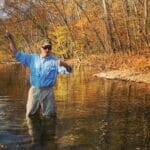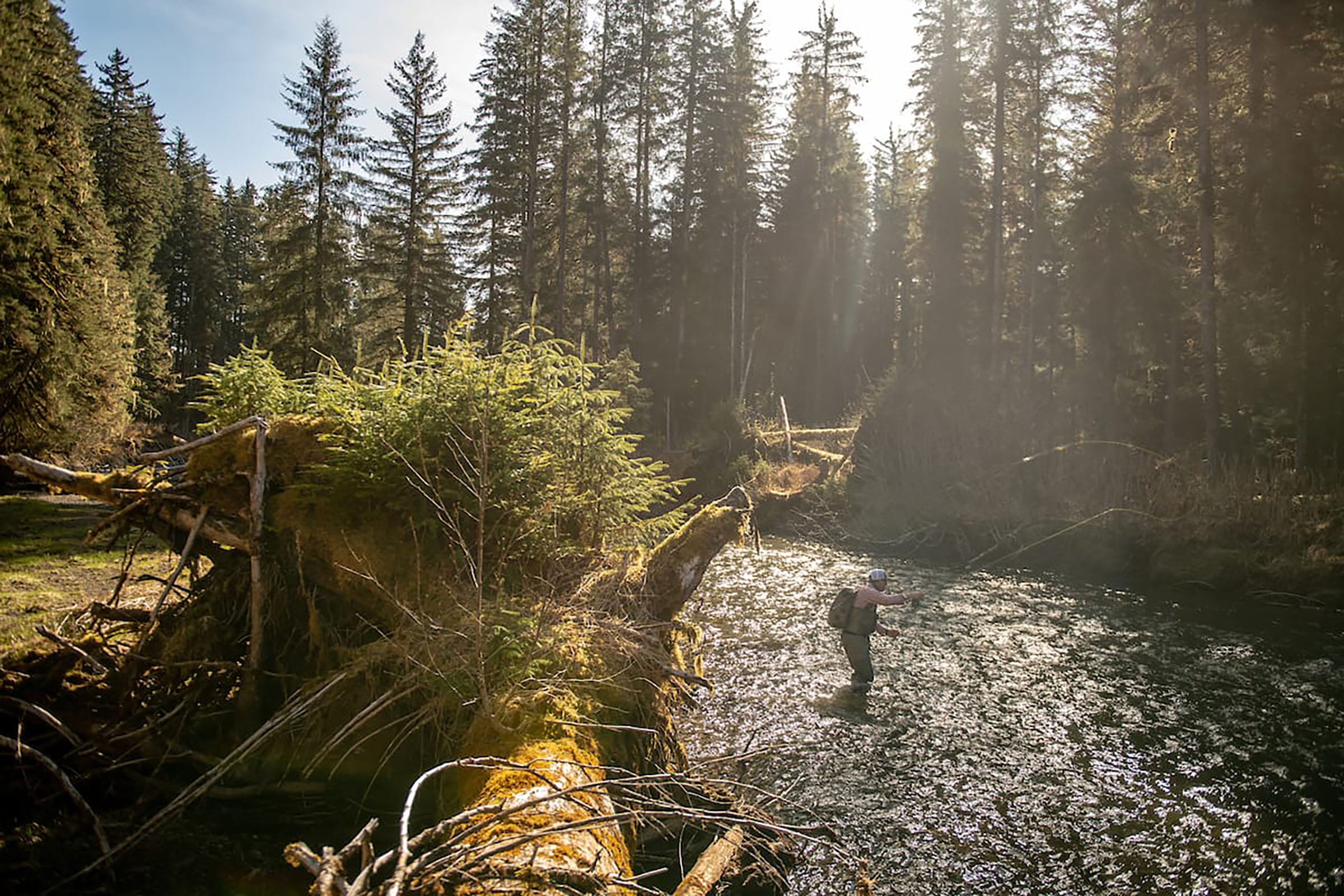And you can do something about it
“This country has been swinging the hammer of development so long and so hard that it has forgotten the anvil of wilderness which gave value and significance to its labors. The momentum of our blows is so unprecedented that the remaining remnant of wilderness will be pounded into road-dust long before we find out its values.” (Aldo Leopold, 1935)
For Aldo Leopold, one of the prominent ecological thinkers in the history of the United States, the “anvil of wilderness” was the mostly public land that tested the will and mettle of people migrating from the eastern part of the country to the western frontier.
Ninety years later, we have a much deeper appreciation of the value of public lands that remain without roads. This is what makes inexplicable the Department of Agriculture’s intent to eliminate the Roadless Area Conservation Rule.
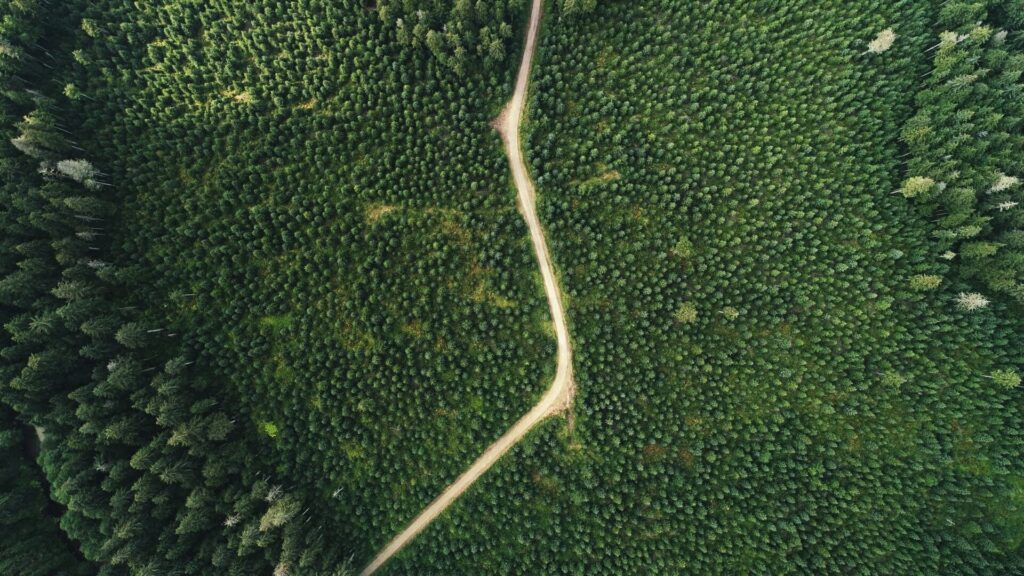
It is challenging to think of another policy that has withstood six presidential administrations—three Republican and three Democratic. The Roadless Rule is one of them. The Roadless Rule was enacted in 2001 after an intense public participation period where more than 1.6 million Americans participated—more than 95 percent of whom supported protecting roadless areas.
Forests, fires and the Roadless Rule
The Roadless Rule protects tens of millions of pristine national forests from new road construction but allows for work that helps reduce fire risk and it allows for road construction to fight fires.
In announcing her intent to rescind the rule, the Secretary of the Department of Agriculture said, “This misguided rule prohibits the Forest Service from thinning and cutting trees to prevent wildfires, and when the fire starts, the rule limits firefighter’s access to quickly put them out.”
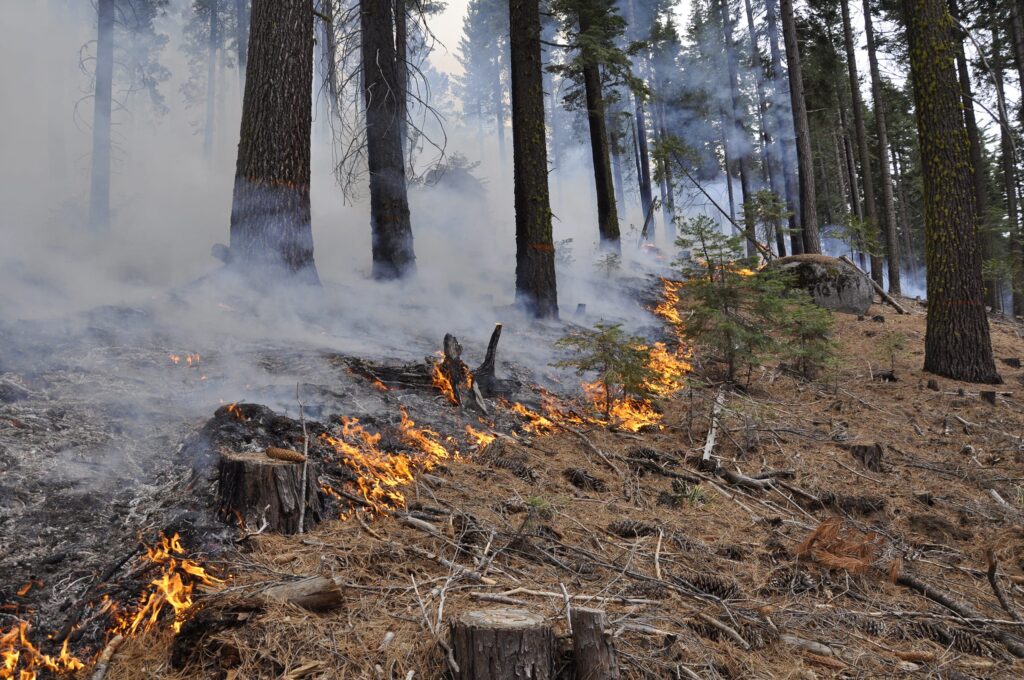
Importantly, the Roadless Rule does allow for thinning and cutting trees and other forest health treatments to reduce the risk of unnaturally intense fires. Nearly 15 percent of all roadless areas in 12 western states have had trees thinned and other vegetation treated to help reduce the risk of unnaturally intense wildfires. In dry and fire-prone states like Idaho, 35 percent of all roadless areas have had treatments to prevent wildfires; in Utah, the number is 38 percent.
Suggesting that protecting roadless areas hurts fighting fire misses the fact that 78 percent of human-caused fires on National Forests nationwide start within ½ mile of a road and 85 percent of all wildfires are human-caused. The federal government should be focusing its community protection efforts from fire in the “front-country” where communities have developed around fire-prone forests in areas that have roads.
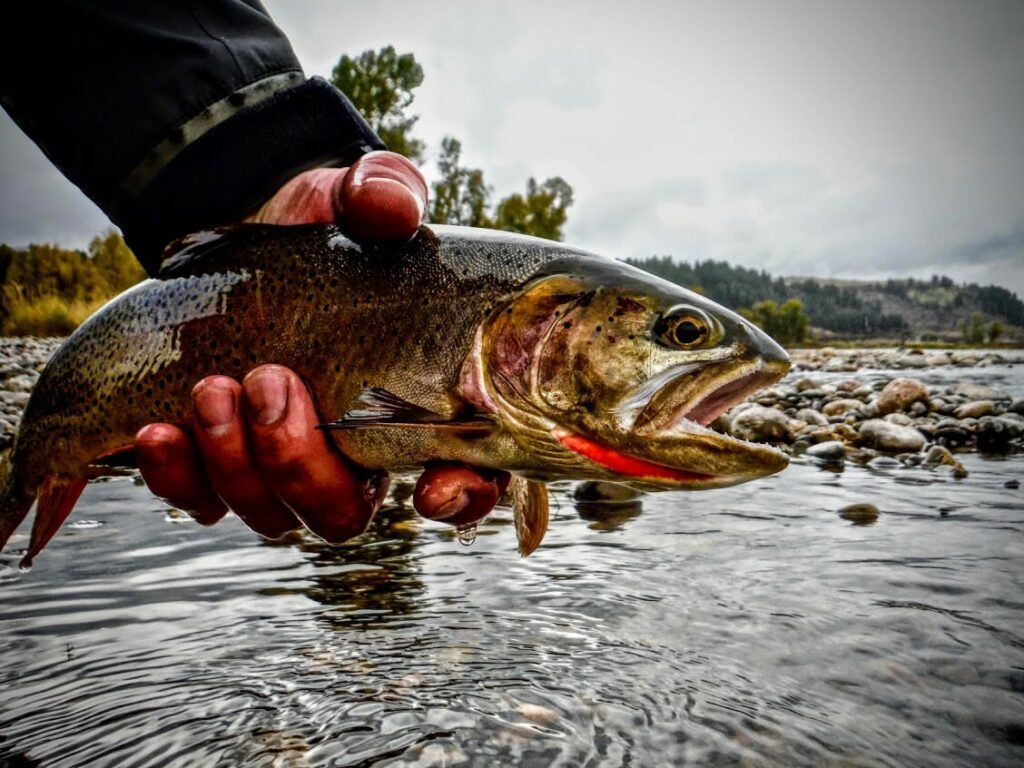
Roadless areas are critical habitat for trout and salmon
It is difficult to overstate the importance of roadless areas to native and wild trout and salmon. In Idaho 75 percent of all chinook salmon and steelhead habitat is found in roadless areas. More than half of the strong populations of Redband trout in the Columbia basin are found in roadless areas. Nearly 70 percent of Wyoming’s Yellowstone cutthroat trout habitat is found in areas without roads. More than 70 percent of all the chinook, coho, pink, and chum salmon in southeast Alaska are found in areas without roads.
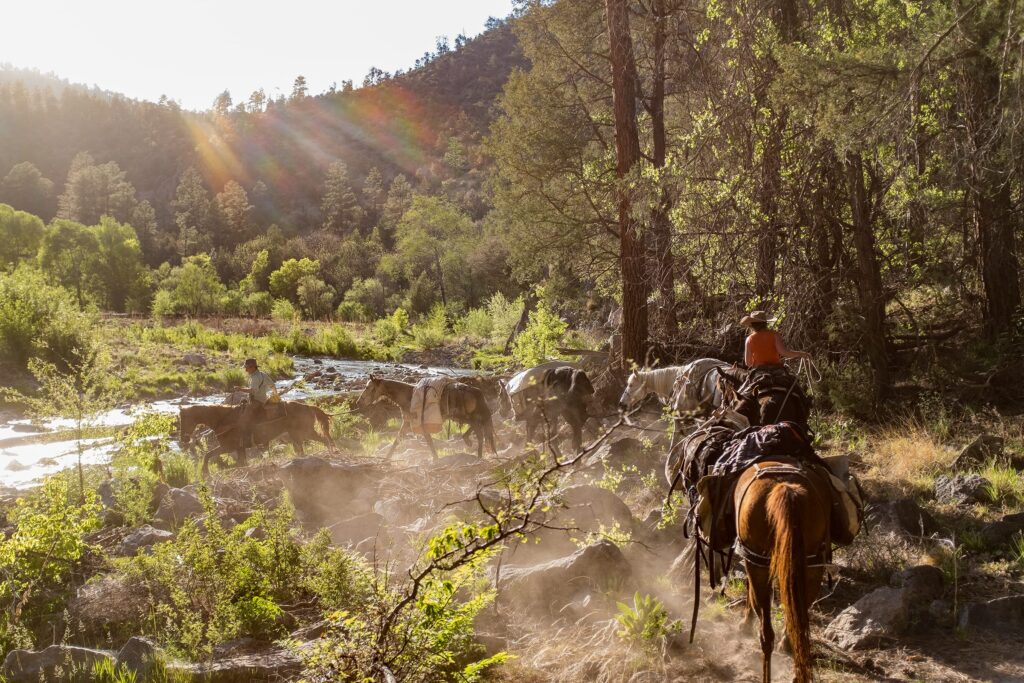
Six thousand acres of open space are lost per day in the United States. Although national forest roadless areas only occupy just two percent of the land in the United States, a whopping 25 percent of all threatened and endangered species in the nation occupy roadless habitat. Similarly, more than 60 million Americans get their drinking water from roadless areas.
Keeping roadless areas intact affects less than two-tenths of one percent of the nation’s timber demands from national forests. Oil and gas development in the entire national forest system supplies less than one-quarter of 1 percent of the nation’s energy, far less from roadless areas. Other uses such as grazing, off road vehicle use, firefighting, hard-rock mining, and other recreation are essentially unaffected by the roadless rule.
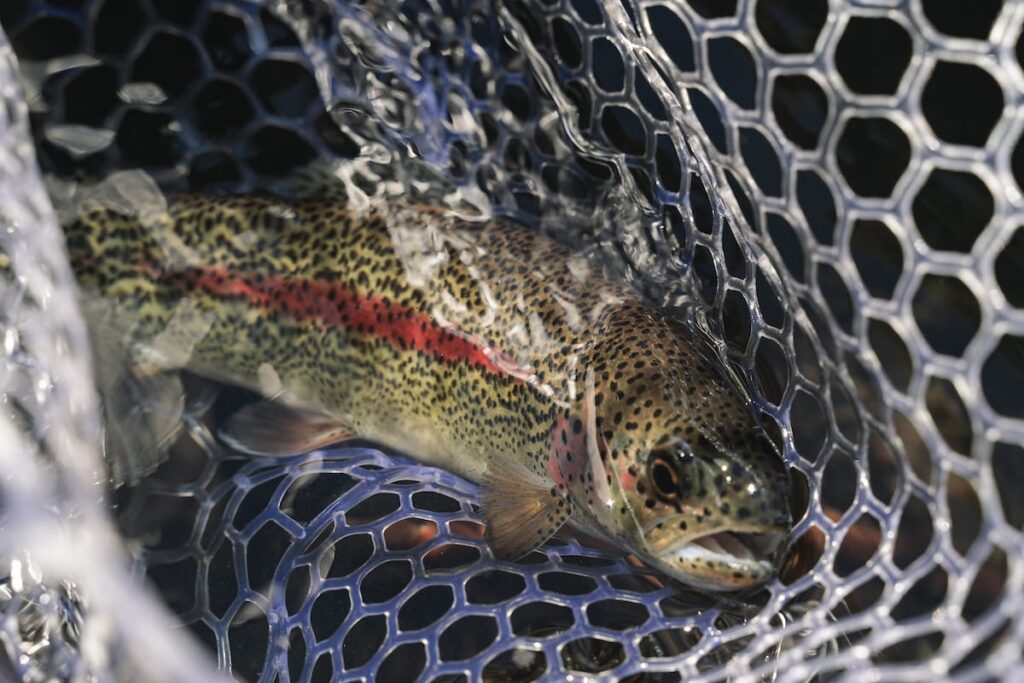
Please take action today
I am not so arrogant as to suggest that Forest Service scientists have not learned new information over the past nearly quarter century to better protect people from fire while simultaneously protecting the many social and ecological values of roadless areas.
Rescinding the roadless rule, however, makes neither ecological nor economic sense.
Sportsmen and women are among the greatest beneficiaries of protecting roadless areas.
We have until September 19 to make our voices heard. Please do so.
Ninety years ago, Aldo Leopold recognized the value of maintaining the character of the wildlands that helped to shape the character of our nation. The question today is whether we will have the wisdom and humility to keep those places intact.
Please speak up today to save the Roadless Rule.


